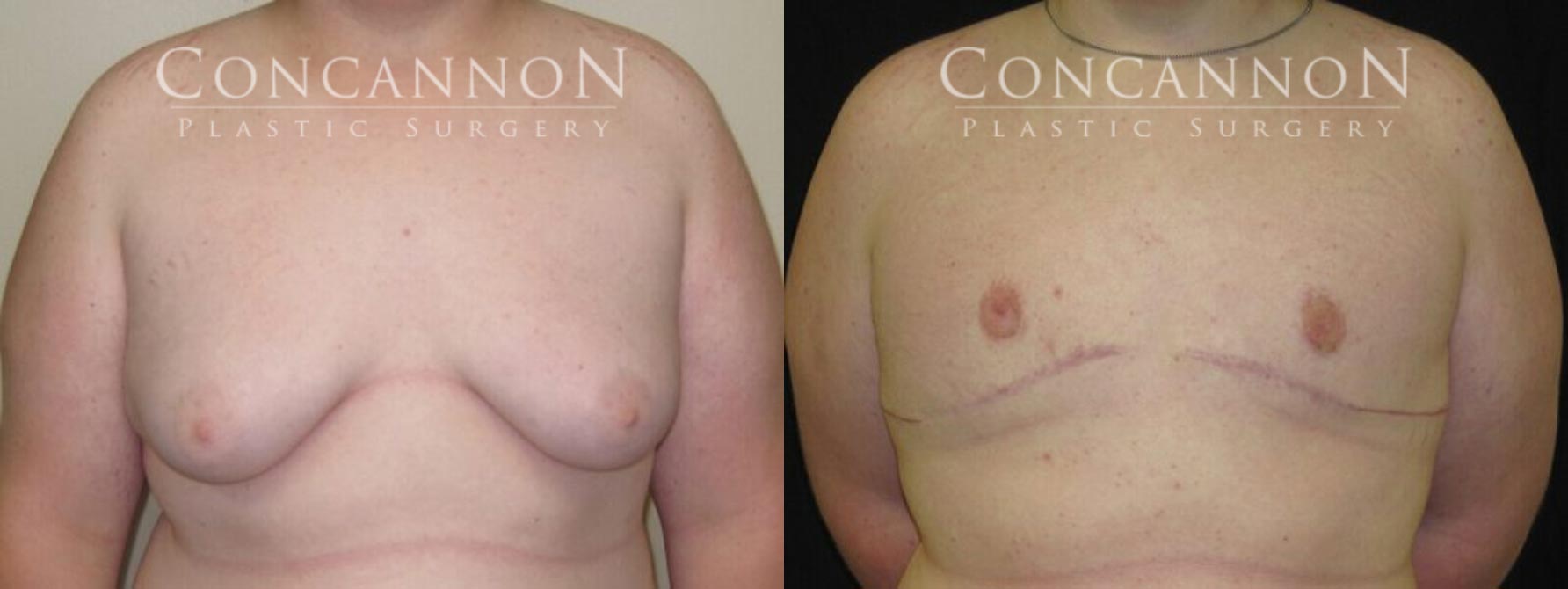Gynecomastia Surgery
Shame. Humiliation. Insecurity. These are some of the emotions experienced by men with enlarged breasts, or gynecomastia. About half of all men today have excess localized fat and/or excess glandular tissue in one or both breasts. Gynecomastia accounts for more than 65 percent of all male breast disorders, according to the American Society of Plastic Surgeons (ASPS).

Causes of Enlarged Breast in Men
In most cases, the cause is unknown. Sometimes it is an imbalance of the sex hormones estrogen and testosterone. But heredity conditions, diseases including certain endocrine disorders, tumors, and chronic diseases or certain drugs such as anti-depressants, blood-pressure medicines, marijuana, and steroids may also cause the condition.

Some men or boys have fat on their chests that makes it look as though they have breasts. This is not gynecomastia, but is called pseudogynecomastia and may go away with diet or exercise. Some men or boys will need treatment for this, as these fat pockets can be resistant to the effects of diet and exercise. In contrast, true gynecomastia will not usually improve with diet and exercise.
While not a serious medical problem, enlarged breasts can cause pain. They can also cause embarrassment — especially among young boys who may be teased as a result of their male breasts. It is especially common in teen boys. Up to 65 percent of 14-year-old boys have enlarged breasts, according to the American Academy of Family Physicians. This is largely due to the fluctuations in sex hormones that occur during puberty. The excess breast tissue disappears without treatment in two years in 75 percent of these boys, and within three years in 90 percent of them.
More than half of male infants are born with enlarged breasts due to the effects of their mother’s estrogen. This typically disappears within two to three weeks after birth.
In older men, gynecomastia often results from decreasing levels of the male sex hormone testosterone, which occurs with advancing age. In addition, men experience an increase in body fat with age and a resultant rise in the ratio of estrogen to the male sex hormones (androgens).
Gynecomastia Treatment
Surgery, liposuction or a combination of the two may be used to treat enlarged breasts. The reasons for surgery are two-fold in men: The first goal is to reconstruct the contour of the chest. The second goal is to determine if a suspicious lesion in the chest is cancerous. Enlargement typically occurs on both sides of the chest. If it is one-sided, firm and hard, see a doctor immediately to rule out male breast cancer.
The first step for treatment is a consultation with a board-certified plastic surgeon. This evaluation will determine if you are a good candidate for male breast reduction.
You may be a candidate if you are healthy, are of relatively normal weight, have realistic expectations, are bothered by the feeling that your breasts are too large and (this is important) your breast development has stabilized. In general, the best candidates for surgery have firm, elastic skin that will reshape to the body’s new contours.
Teens may benefit from surgery if their gynecomastia has been present for more than two years or if the problem is severe. In some teens, secondary procedures may be needed down the road if breast development continues.
Male breast reduction may be discouraged if you are obese, or if you are overweight and have not first attempted to lose the fat around the breast area with an exercise or weight loss program. If you use drugs that may cause the condition (see sidebar), you are not a good candidate. Your doctor would first advise you to stop using these drugs or to switch to other medications that do not cause it. Never stop taking a prescription medication without talking to your doctor first.
In addition to taking a thorough medical history, your surgeon will also assess whether you have any allergies or have had any prior surgeries in the chest region. He or she will also perform a physical exam to measure the extent of excess fat and glandular tissue in the chest area. Your surgeon will likely take some “before” photos during this consultation process and will also discuss your expectations from the surgery.
Preparing for Gynecomastia Surgery
Most surgeons recommend that prospective patients kick the smoking habit for the month before and the month after surgery. Smoking can cause a delay in wound healing and skin necrosis (death). The good news is that many tools are available today to help smokers become ex-smokers. Nicotine replacement products such as nicotine patches, nicotine gum and nicotine lozenges are available over-the-counter. A nicotine nasal spray and inhaler are available by prescription. These products can help relieve nicotine withdrawal symptoms.
Drugs such as buproprion SR (Zyban) and varenicline tartrate (Chantix) are non-nicotine pills that may help you quit smoking before surgery. Talk to your doctor about a prescription. Hypnotherapy or acupuncture may help some people quit smoking, too. Acupuncture involves placing extremely thin needles into the skin along specific acupuncture points to help curb the desire to smoke.
Causes of Gynecomastia
Medications may cause enlarged breasts, including:
- Anti-androgens used to treat prostate enlargement or cancer and some other conditions
- AIDS medications
- Anti-anxiety medications
- Tricyclic antidepressants
- Antibiotics
- Ulcer medications
- Cancer treatments
- Heart medications
- Anabolic steroids and androgens
- Alcohol
- Speed
- Marijuana
- Heroin
Diseases may cause enlarged breasts as well:
- Any conditions that interfere with normal testosterone production
- Some tumors, such as those involving the testes, adrenal glands or pituitary gland
- Hyperthyroidism (the thyroid gland produces too much thyroid hormone)
- Kidney failure
- Liver failure and cirrhosis
- Malnutrition
The Gynecomastia Surgery Procedure
If your enlarged breasts consist primarily of excessive fatty tissue, your surgeon may use liposuction. If excess glandular tissue is the primary cause, the tissue may be cut out with a scalpel. This excision may be performed alone or in conjunction with liposuction.
During an excision procedure, the incision is made either on the edge of the nipple (areola) or in the underarm area. The surgeon cuts away the excess glandular tissue, fat and skin from around the pigmented area surrounding the areola and from the sides and bottom of the breast by working through the incision. Major reductions that involve the removal of a significant amount of tissue and skin may require larger incisions and more visible scars.
If liposuction is also used to remove excess fat, a slim, hollow tube (cannula), is inserted directly through the existing incisions. The cannula is attached to a vacuum pump to suction out the fat.
For liposuction-only breast reduction, your surgeon will likely make a small incision of less than a half-inch in length around the edge of the areola. Or he or she may make the incision in the underarm area. You may feel a vibration or some friction during the procedure, but generally no pain.
Sometimes a small drain is inserted through a separate incision to remove excess fluids. Once closed, the incisions are covered with a dressing. The chest may be wrapped to keep the skin firmly in place.
Breast reduction surgery for gynecomastia is most often performed on an outpatient basis, in an office-based or ambulatory surgical facility or in the hospital. Sometimes an overnight hospital stay is recommended. Time in surgery is typically an hour and a half, but a more extensive male breast reduction may take longer.
The procedure may be performed under general anesthesia or local anesthesia with sedation. Your surgeon will discuss your anesthesia options with you once you have decided on surgery.
Risks of Gynecomastia Surgery
Surgical risks include:
- Scarring
- Swelling
- Bruising
- Bleeding
- Blood clots
- Infection
- Poor wound healing
- Temporary or permanent changes in nipple or breast sensation
- Anesthesia risks
- Breast contour and shape irregularities
- Skin discoloration
- Permanent pigmentation changes
- Damage to the nerves, blood vessels, muscles and lungs
- Allergies to surgical materials
- Breast asymmetry
- Fatty tissue found deep in the skin might die (this is called fat necrosis)
- Fluid accumulation
- Deep vein thrombosis
- Cardiac and pulmonary complications
- Pain
- Possibility of revision surgery for additional tightening or repositioning of the breasts
- Death
Risks of liposuction for gynecomastia include:
- Uneven contours
- Rippling or loose skin
- Irregular pigmentation
- Excessive fluid loss
- Fluid accumulation
- Infection
- Blood clots in the lung (pulmonary emboli)
- Hematoma (a collection of blood in the areas suctioned)
- Temporary numbness or discoloration in the treated area
- Asymmetry, dimpling, wrinkling, unevenness and surface irregularities over the treated area
- Perforation wounds in surrounding tissue or organs
- Anesthesia reactions
- Swelling
- Burns (from ultrasound-assisted and laser-assisted liposuction)
- Death
Photo Gallery
Vew the results of previous patients on
Dr. Concannon’s extensive photo gallery
Recovering From the Surgery
Have someone drive you after surgery and help you at home for a day or two if needed. Whether you’ve had liposuction, excision with a scalpel or both for your gynecomastia, you will feel discomfort for a few days. The pain can be managed with a prescription from your doctor.
To help reduce swelling, you’ll probably need to wear an elastic pressure garment continuously for a week or two, and for a few weeks longer at night. Although the worst of the swelling will subside in the first few weeks, it may be three months or more before the final results of your surgery are apparent.
You’ll be encouraged to begin walking around on the day of surgery, and to return to work when you feel well enough, which could be in a couple of days. Stitches are removed one to two weeks after the procedure.
Your surgeon may advise you to avoid sexual activity for a week or two and heavy exercise for about three weeks. You will be told to stay away from any sport or job that risks a blow to the chest area for at least four weeks. Your activities should be back to normal after about a month.
It’s important to avoid exposing surgical scars to the sun for at least six months. Sunlight can affect the skin’s pigmentation permanently, causing the scar to turn dark. If sun exposure is unavoidable, use a strong sunblock.
If you experience shortness of breath, chest pains, or unusual heart beats after the procedure, contact your surgeon immediately. These complications may require hospitalization and additional treatment.
Cost of Gynecomastia Surgery
The cost of male breast reduction typically includes the surgeon’s fee, hospital or surgical facility costs, anesthesia fees and prescriptions for medication and post-surgery garments.
In most cases, the cost of male breast reduction surgery is not covered by insurance. But each insurance policy varies greatly, so review your policy carefully to determine coverage. The ASPS has published a position paper for physicians and insurers defining the recommended criteria for coverage of reconstructive cases. This document grades the condition based on its severity, the length of time it has been present and the symptoms that it is causing in both adults and teens.
Choosing the Right Surgeon
It’s important to choose a board-certified plastic surgeon with extensive experience in male breast reduction procedures. Board certification may not always guarantee the best results; however, board certification does require specific and rigorous surgical education and training that improve the odds for a successful male breast reduction experience.

